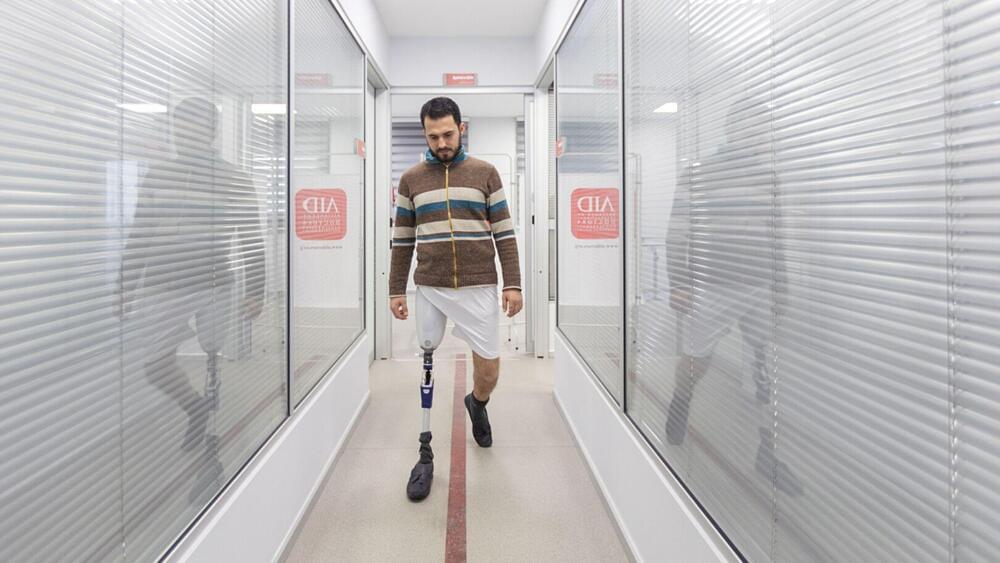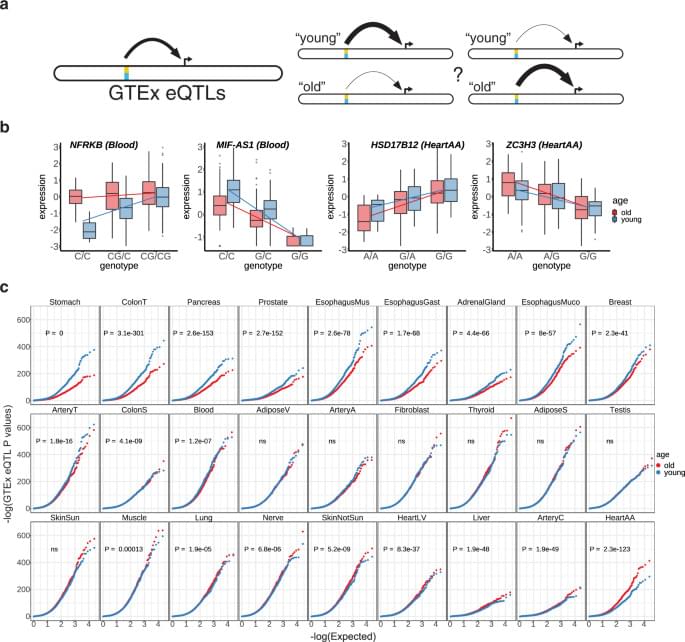The project will take 7–8 years. An 853-mile-long (1,373 km) undersea electricity cable connecting Egypt with Europe has been touted to help Europe’s impending energy crisis amidst Russia’s war with Ukraine.
Greece is in embarking on one of Europe’s most ambitious energy projects by linking up its electricity grid with Egypt’s.
An underwater cable will carry 3,000 MW of electricity — enough to power up to 450,000 households — and will run from northern Egypt directly to Attica in Greece.
The project is being undertaken by the Copelouzos Group, whose management met last week with the Egyptian leaders to speed up the process.








